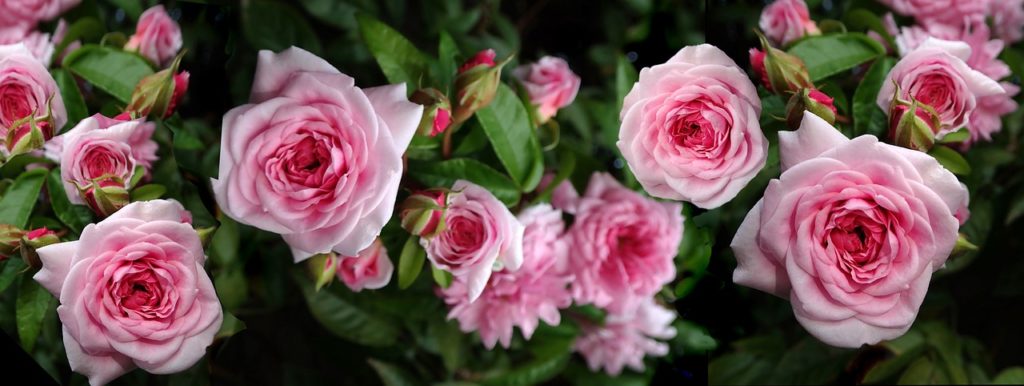
Climbing roses, micro-miniatures – so many types and varieties of roses to choose from. Before you end up hoarding all 37 classes of roses for your garden, it’s essential to learn how to take care of the properly first. Roses stand out not only because they are beautiful, but also because they smell heavenly.
Proper growing conditions
Like all plants, roses need sunlight, water, carbon dioxide, and nutrients to grow. If you have the ideal conditions, then you can start planting a rose garden and expect to reap a bountiful reward of fragrant blossoms. The garden must receive at least six hours of sunlight every day.
Partial shade would do for some varieties, but generally, roses do not like being hidden from the sun. If the soil is too dry or saturated with water, you have to take extra steps to prepare it so that it is moist and well-drained.
Let’s talk about two essential aspects of care that most people new at rose gardens neglect. These are mulching and pruning/deheading.
Mulching
Mulch is employed to discourage the growth of weeds in your rose garden. Aside from this benefit, mulching maintains cool soil temperature and helps retain moisture. When you apply mulch around a rose bush, keep the area clear close to the main stem.
Start applying the grass clippings, dry straw, bark, and wood chips from a radius of six inches. Encircle the plant and keep applying until you create a two to three-inch deep deposit of organic matter.
When the discussion revolves around mulch here in Salt Lake City, gardeners have a few words of advice to impart to amateur rose enthusiasts. First, organic matter is an excellent choice for many reasons. However, take note of the fact that the soil could be nutrient-deficient because they decompose and bind nitrogen. Still, when organic matter decomposes, it adds nutrients to the soil. Ask a local gardener what type of much is best for the soil in your area. Learn about the kind of fertilizer to apply to keep the soil balanced.
Pruning and deheading
Once you are ready with the right tools, you can look forward to early spring to prune the rose bushes. If a rose bush is looking more like a decorative prop for a horror movie, then it is time to prune, allowing the branches to breathe.
While roses are essentially plants requiring low maintenance, pruning is called for to keep it healthy and blooming. Pruning protects the rose bushes from disease as well. Some roses require heavy pruning at the start of spring, and regular deheading to remove faded blooms and make way for better ones.

When you cut old blooms do so by the nearest leaf. If you do this correctly, your rose garden will keep blooming until the frost comes along.
Do you want to keep a rose garden? It’s not as complicated as you think. Remember to plant where the sun shines brightly, and where the soil has good drainage. Remember to apply mulch, and when you do, make sure you are using material that complements the soil.
Lastly, prune in early spring and encourage the flowers to bloom with regular deheading.